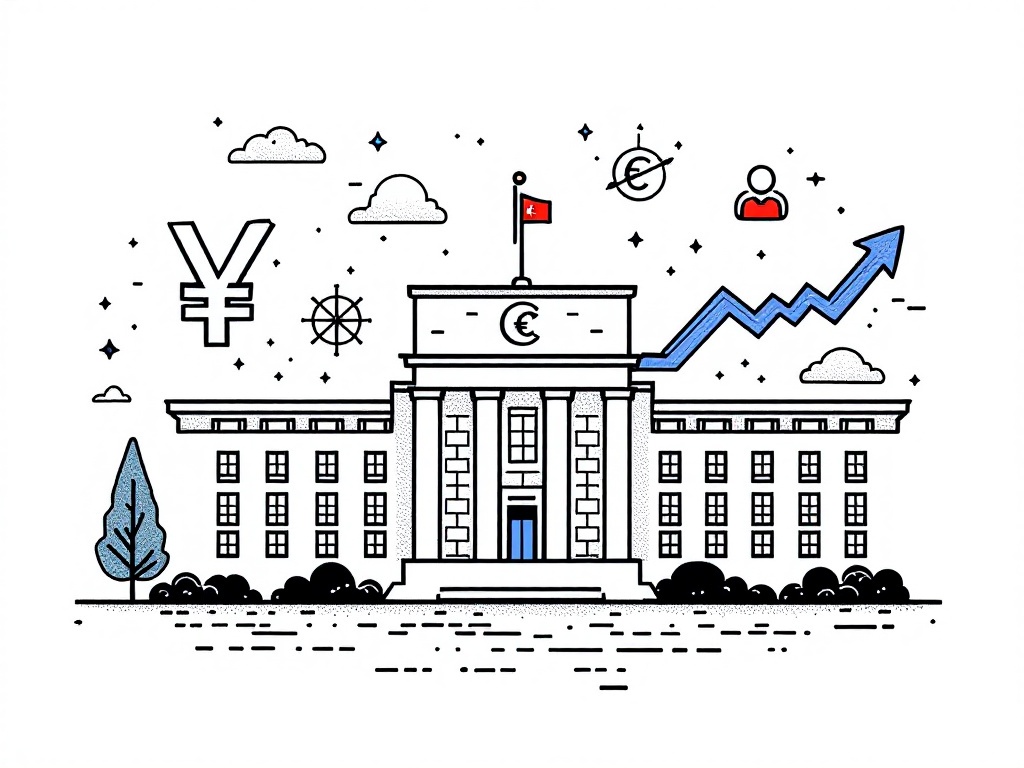China Introduces Loose Monetary Policy Amidst Global Economic Shifts

Washington D.C., Monday, 9 December 2024.
China shifts to an ‘appropriately loose’ monetary policy to boost growth, coinciding with anticipated Federal Reserve rate cuts amid rising global economic pressures.
China’s Historic Policy Shift
In a significant monetary policy development, China announced on December 8, 2024, a transition to an ‘appropriately loose’ monetary stance for 2025 [1]. This marks the first such change since 2010 [1], coming at a time when the nation’s benchmark interest rate stands at 3.10 percent [2]. The People’s Bank of China (PBOC) has maintained its key lending rates at record lows, with the one-year loan prime rate at 3.1% and the five-year rate at 3.6% [2].
Federal Reserve’s Anticipated Move
Markets are showing strong confidence in an upcoming Federal Reserve rate cut, with an 87% probability of a 25-basis-point reduction at next week’s meeting [3]. This represents a significant increase from the 61.6% probability observed last week [3]. The anticipation comes amid a complex economic landscape, where recent U.S. employment data has shown both resilience and signs of cooling [1].
Global Market Response
The shift in monetary policy has already triggered notable market reactions, with Hong Kong stocks rising over 2% following China’s announcement [1]. Meanwhile, gold prices have responded positively to these developments, with spot gold gaining 0.7% to $2,650.63 per ounce [3]. The Chinese central bank has also resumed gold purchases after a six-month pause [3], demonstrating a strategic approach to economic stability.
Broader Economic Implications
The global financial landscape is experiencing a coordinated shift, with major central banks including the European Central Bank (ECB), Swiss National Bank (SNB), and Bank of Canada (BOC) all anticipated to ease monetary policy [1]. This synchronous movement suggests a broader trend toward monetary easing, potentially reshaping global capital flows [4]. The U.S. dollar has shown signs of softening against this backdrop, making U.S. Treasuries increasingly attractive compared to lower-yielding bonds in other major economies [1].